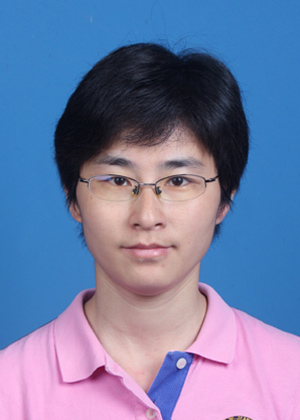甲状腺疾病研究室
负责人 张莉,研究员,课题组长,硕士生导师 联系方式 电 话:0510-85514482-2618 E-mail: zhangli@jsinm.org | 团队简介 程献,助理研究员 徐石宸,助理研究员 吴静,实验技术员 高文静,在读硕士研究生 |
研究方向
1.BRAF、RAS等基因突变驱动甲状腺肿瘤恶变的新型分子机制;
2.碘难治性甲状腺癌发生的分子机制及逆转研究;
3.小分子化合物抑制甲状腺癌生长、转移、失分化的药理学研究;
4.肿瘤微环境与甲状腺癌发生发展关系的研究;
5.其他临床甲状腺病变的病因、诊断及干预手段的研究;
6.核技术于碘难治性甲状腺癌诊治中的应用研究。
奖项、成果、课题等
国家自然科学基金项目5项
1. 张莉,国家自然科学青年基金,(81402214)转录因子MEF2A介导BRAF突变型甲状腺乳头状癌发生发展的新机制,2015.1-2017.12
2. 程献,国家自然科学青年基金(81602352),表观遗传调节子MKL1介导转录复合物组装促甲状腺癌侵袭转移的新机制,2017.1-2019.12
3. 高岩岩,国家自然科学青年基金(81602353),甲状腺癌BRAF V600E在DRP1介导的线粒体稳态中的调控新机制研究,2017.1-2019.12
4. 张莉,国家自然科学基金面上项目(81972503), 肿瘤炎性微环境BRAF-组胺/组胺受体正反馈环路促进甲状腺乳头状癌失分化的新机制, 2020.1-2023.12
5. 徐石宸, 国家自然科学青年基金(82103656),BRAF突变驱动硫化氢-胱硫醚γ裂解酶体系失调促进甲状腺癌细胞淋巴结转移的机制研究, 2022.1.1-2024.12
江苏省自然科学基金1项
高岩岩, 江苏省自然科学基金面上项目(BK20171145), 线粒体定位BRAF V600E调控线粒体凋亡抵抗甲状腺癌放射性碘治疗敏感性的研究, 2017.7-2020.6
江苏省卫健委项目 4项
1. 张莉 国家卫生部科研基金(W201304),姜黄素对甲状腺癌放射性碘-131治疗的增敏研究,2014.1.1-2016.12.31
2. 张莉,省卫计委面上项目(H2017032),基于炎症因子早期预测甲状腺癌分子靶向药物疗效的研究,2018.1-2019.12
3. 程献,省健计委面上项目(M2021060),靶向BRG1/TERT复合物酶活促碘耐受甲状腺癌放射敏感性的研究,2022.1-2024.12
4. 俞惠新,江苏省卫生厅科技项目(H2010027),放疗增敏剂在抗碘-131甲状腺癌治疗中的应用,2010.10~2013.9
无锡市科技局项目2项
1. 张莉, 无锡市科技局项目(Y20212051), 维生素C增强甲状腺癌放射性碘-131治疗敏感性的应用研究;2021.7-2024.6
2. 程献, 无锡市科技局项目(Y20212052), BRG1介导TRET新酶活促甲状腺癌碘抵抗的表观调控机制研究, 2021.7-2024.6
无锡市卫健委项目3项
1. 徐石宸,无锡市卫健委科研项目(Q202103),硫化氢供体药物靶向基质金属蛋白酶抑制甲状腺癌转移的实验研究,2022.1-2023.12
2. 徐石宸,无锡市卫计委科研项目(Q201836),ZNF148多态性检测用于甲状腺结节良恶性鉴别的研究,2019.1-2020.12
3. 程献,无锡市卫计委青年项目(Q201608)MEF2A评估甲状腺癌复发转移风险的研究,2017.1~2018.12
代表性论文
近5年发表的甲状腺疾病研究相关的代表性论文:
1)Cheng, X. et al. Risk-stratified Distant Metastatic Thyroid Cancer with Clinicopathological Factors and BRAF / TERT Promoter Mutations. Experimental and Clinical Endocrinology & Diabetes,
doi:10.1055/a-2177-1051 (2023).
全文链接:/upload/autofile/20240307/202403077211.jpg
2)Zhang, L. et al. Curcumin induces mitophagy by promoting mitochondrial succinate dehydrogenase activity and sensitizes human papillary thyroid carcinoma BCPAP cells to radioiodine treatment.
Toxicology in Vitro 93, doi:10.1016/j.tiv.2023.105669 (2023).
全文链接:/upload/autofile/20240307/202403076583.jpg
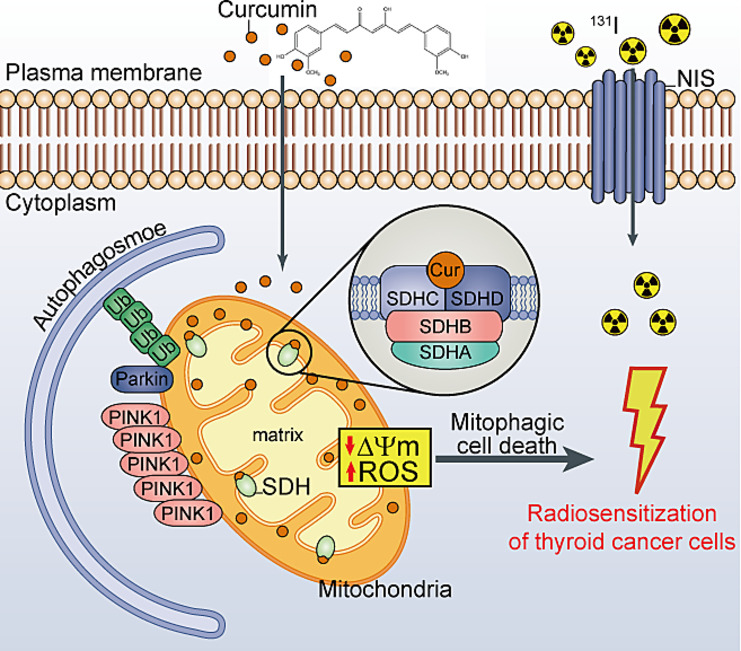
3)Xu, S. et al. Inactivated SARS-CoV-2 vaccination does not disturb the clinical course of Graves' disease: An observational cohort study. Vaccine 41, 5648-5654, doi:10.1016/j.vaccine.
2023.07.053 (2023).
全文链接:/upload/autofile/20240307/202403078781.jpg
4)Xu, S., Cai, G., Zhu, Y. et al. A Combination of BRAF and EZH1/SPOP/ZNF148 Three-Gene Mutational Classifier Improves Benign Call Rate in Indeterminate Thyroid Nodules. Endocr Pathol 34,
323–332 (2023).
全文链接:/upload/autofile/20240307/202403072552.jpg
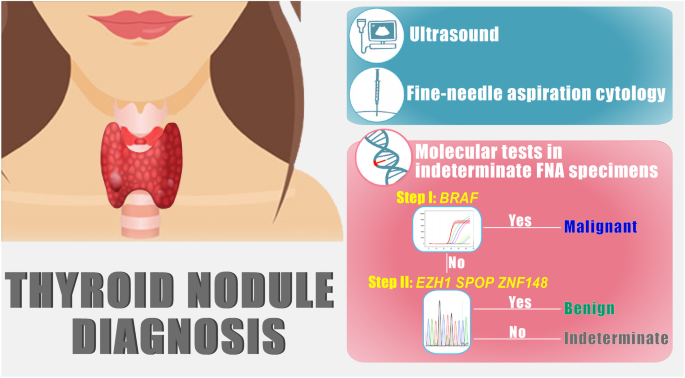
5)Zhang, L. et al. Inflammatory tumor microenvironment of thyroid cancer promotes cellular dedifferentiation and silencing of iodide-handling genes expression. Pathology Research and Practice
246, doi:10.1016/j.prp.2023.154495 (2023).
全文链接:/upload/autofile/20240307/202403072336.jpg
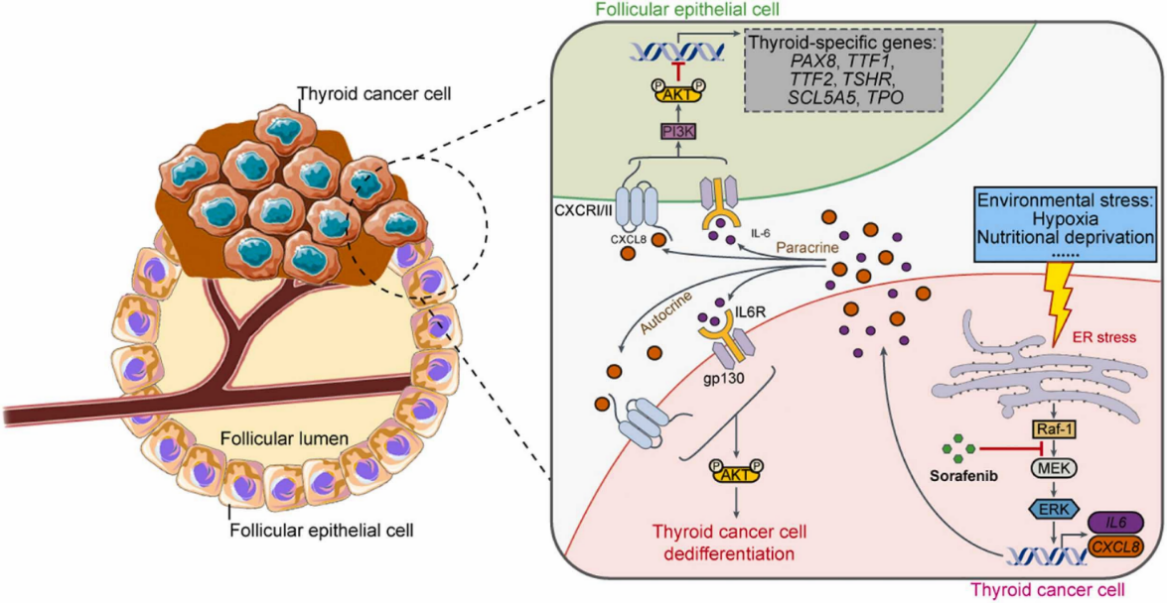
6)Wang, Y. et al. Diallyl trisulfide inhibits the metastasis of anaplastic thyroid carcinoma cells by targeting TGF-?-Smad3-integrin?2?1 signaling pathway. Process Biochemistry 124, 71-80,
doi:10.1016/j.procbio.2022.11.009 (2023).
全文链接:/upload/autofile/20240307/202403071493.jpg
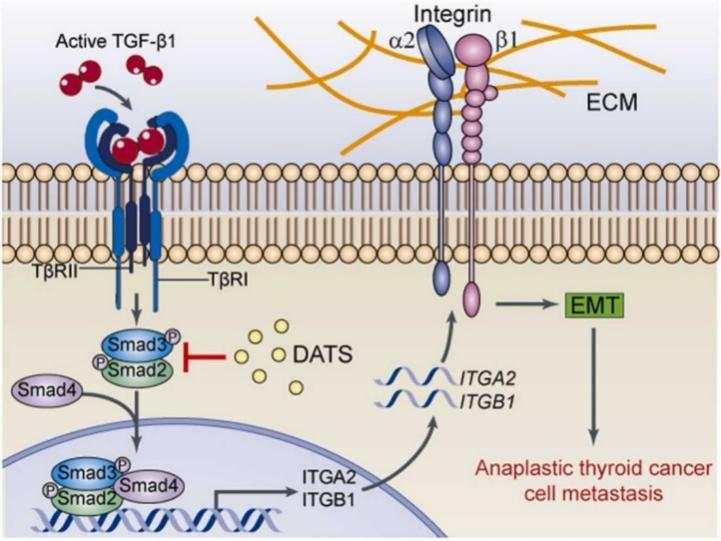
7)X. Cheng, S. Xu, Y. Zhu, et al., Markedly elevated serum preoperative thyroglobulin predicts radioiodine-refractory thyroid cancer, Eur. J. Clin. Invest. 2022, 52, e13721.
8)L. Wu, S. Xu, X. Cheng, et al., Capsaicin inhibits the stemness of anaplastic thyroid carcinoma cells by triggering autophagy-lysosome mediated OCT4A degradation, Phytotherapy Research.
2022, 36, 938-950.
全文链接:/upload/autofile/20240307/202403074663.jpg
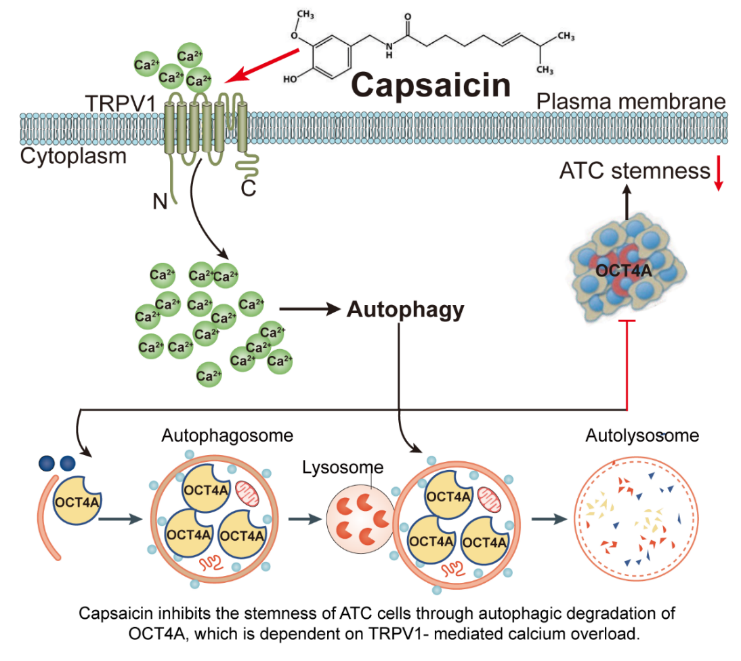
9)L. Zhang, S. Xu, X. Cheng, et al., Curcumin induces autophagic cell death in human thyroid cancer cells, Toxicol. In Vitro 2022, 78, 105254.
全文链接:/upload/autofile/20240307/202403075104.jpg
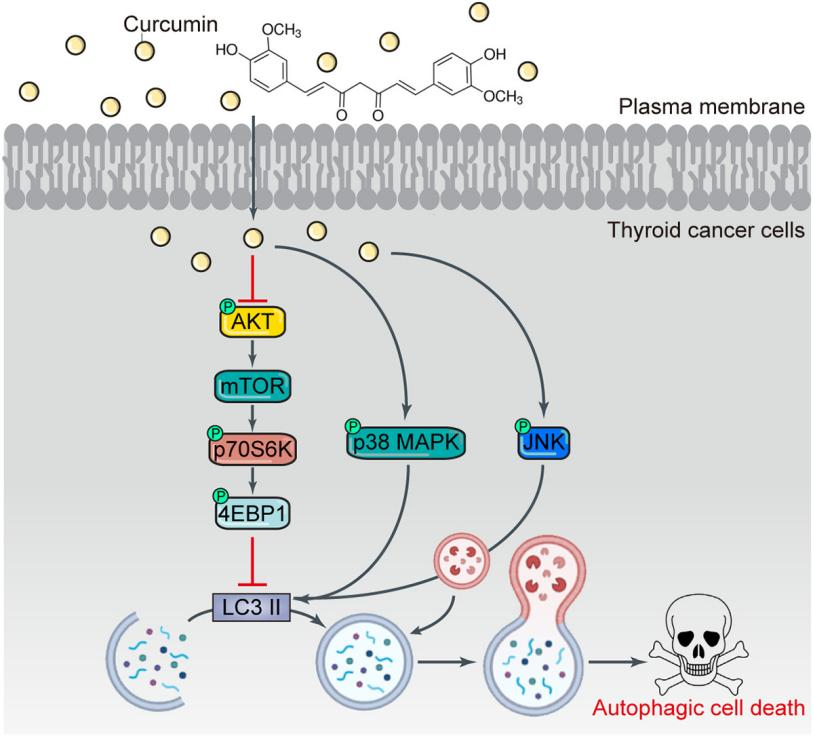
10)S. Xu, X. Cheng, J. Wu, et al., Capsaicin restores sodium iodine symporter-mediated radioiodine uptake through bypassing canonical TSH-TSHR pathway in anaplastic thyroid carcinoma cells,
Journal of Molecular Cell Biology. 2022, 13, 791-807.
全文链接:/upload/autofile/20240307/202403075733.jpg
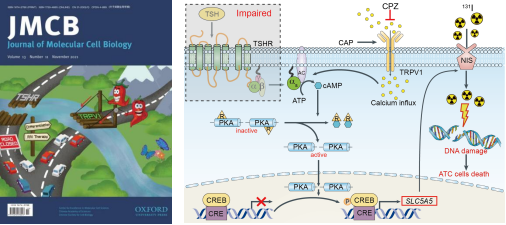
11)L. Zhang, S. Xu, X. Cheng, et al., Curcumin enhances the membrane trafficking of the sodium iodide symporter and augments radioiodine uptake in dedifferentiated thyroid cancer cells via
suppression of the PI3K-AKT signaling pathway, Food Function 2021, 12, 8260-8273.
全文链接:/upload/autofile/20240307/202403077853.jpg

12)L. Zhang, S. Xu, X. Cheng, et al., Diallyl trisulphide, a H2S donor, compromises the stem cell phenotype and restores thyroid-specific gene expression in anaplastic thyroid carcinoma cells
by targeting AKT-SOX2 axis, Phytotherapy Research. 2021, 35, 3428-3443.
全文链接:/upload/autofile/20240307/202403072241.jpg
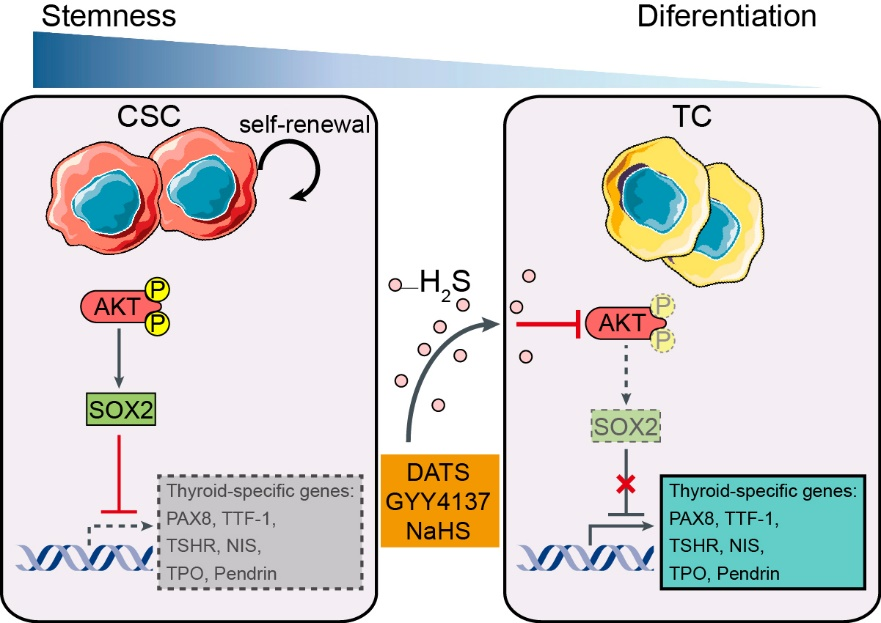
13)X. Wang, S. Xu, L. Zhang, et al., Vitamin C induces ferroptosis in anaplastic thyroid cancer cells by ferritinophagy activation, Biochem. Biophys. Res. Commun. 2021, 551, 46-53.
全文链接:/upload/autofile/20240307/202403073154.jpg
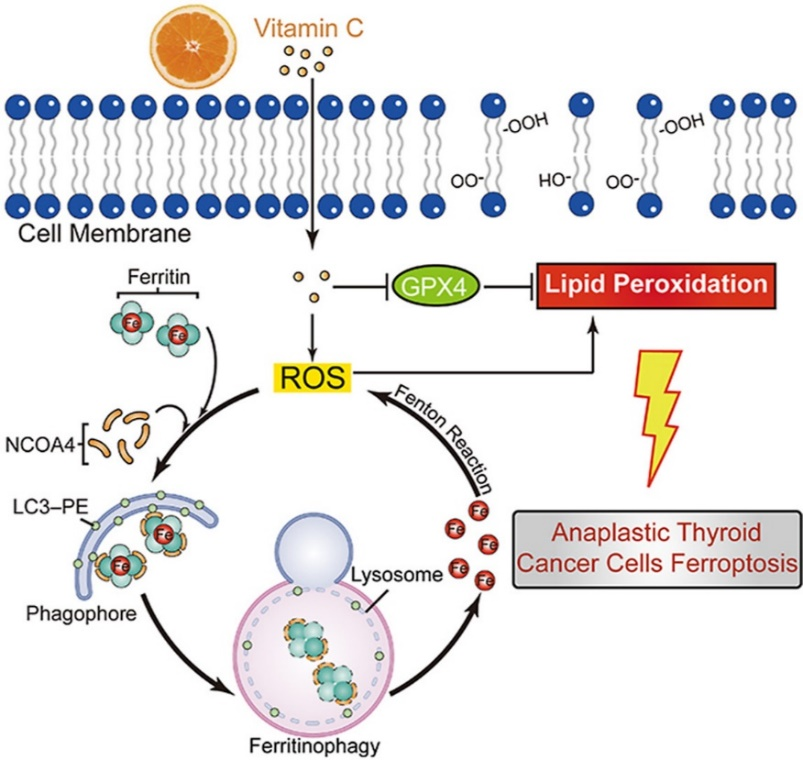
14)S. Xu, X. Cheng, L. Wu, et al., Capsaicin induces mitochondrial dysfunction and apoptosis in anaplastic thyroid carcinoma cells via TRPV1-mediated mitochondrial calcium overload, Cellular
Signaling. 2020, 75, 109733.
全文链接:/upload/autofile/20240307/202403076794.jpg
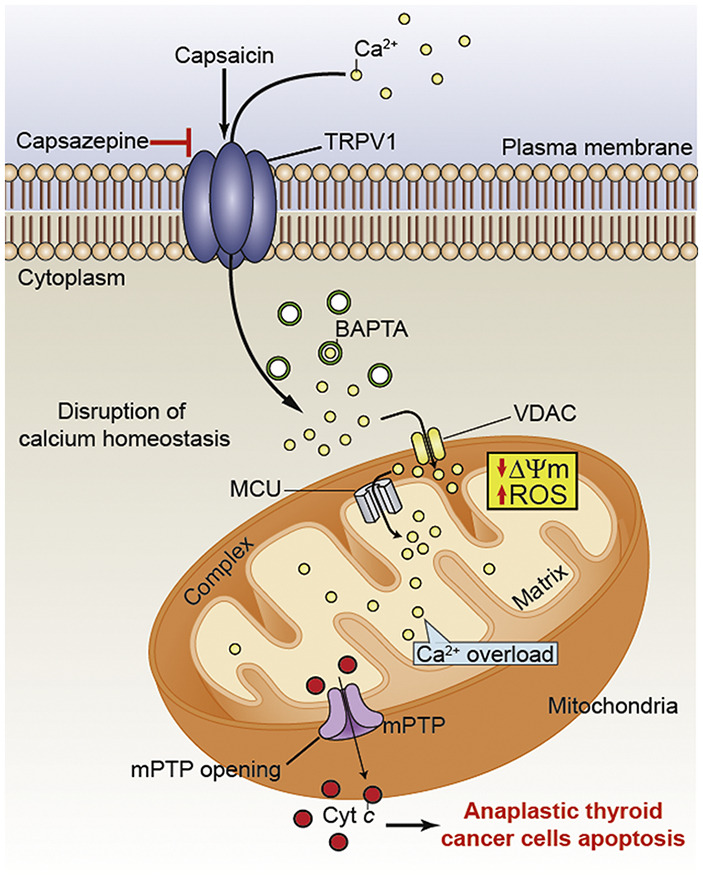
15)Xu S, Pan J, Cheng X, Zheng J, Wang X, Guan H, et al. Diallyl trisulfide, a H2S donor, inhibits cell growth of human papillary thyroid carcinoma KTC-1 cells through a positive feedback loop
between H2S and cystathionine-gamma-lyase. Phytotherapy Research. 2020.
全文链接:/upload/autofile/20240307/202403073222.jpg
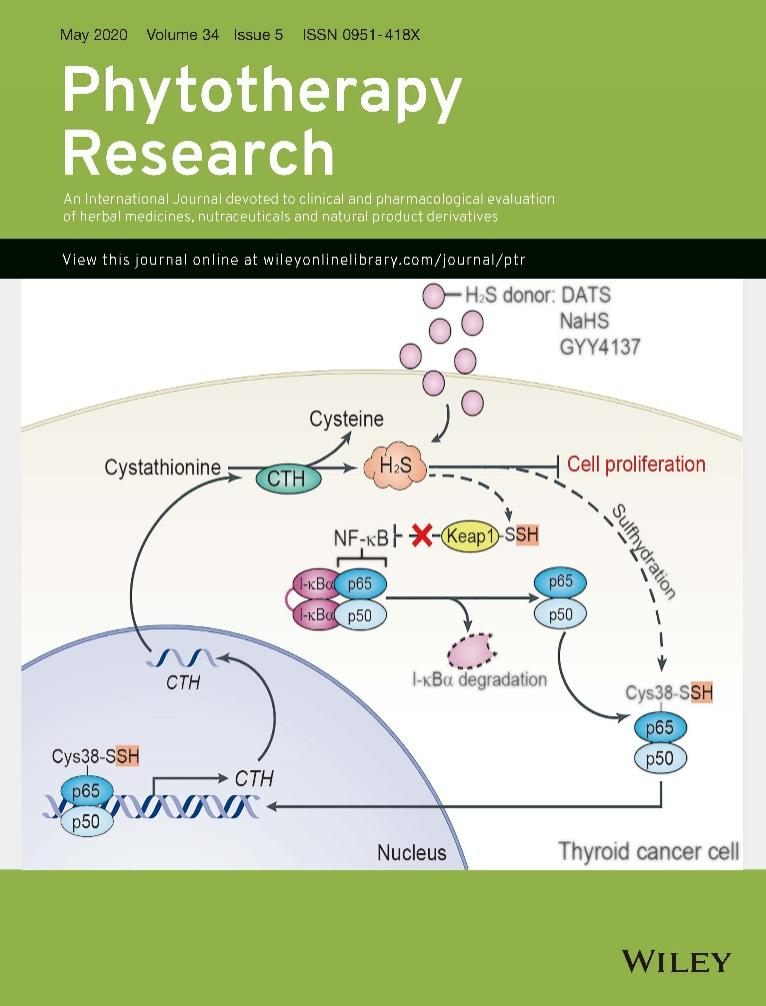
16)Zheng J, Cheng X, Xu S, Zhang L, Pan J, Yu H, et al. Diallyl trisulfide induces G2/M cell-cycle arrest and apoptosis in anaplastic thyroid carcinoma 8505C cells. Food Function. 2019;10(11):
7253-61.
全文链接:/upload/autofile/20240307/202403074175.jpg
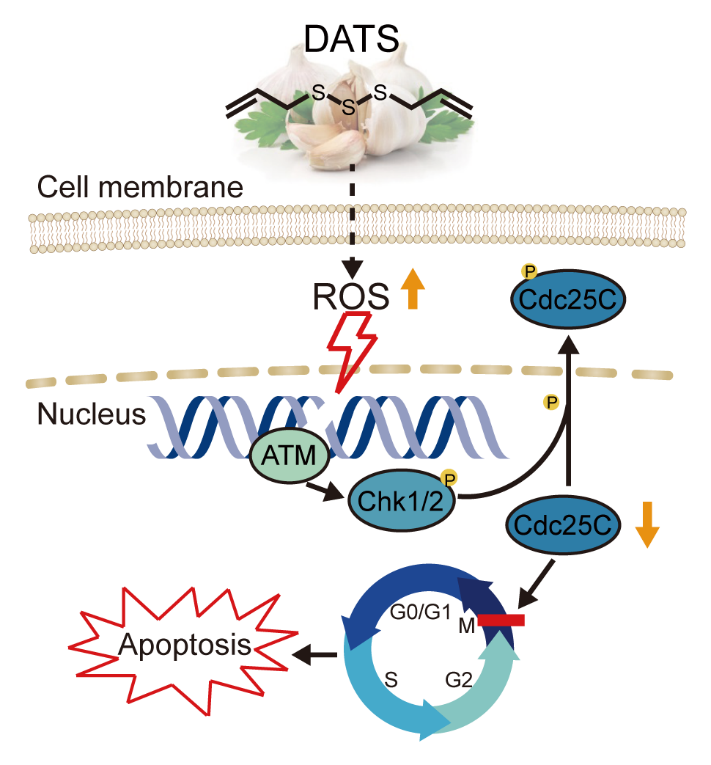
17)Cheng X, Xu S, Pan J, Zheng J, Wang X, Yu H, et al. MKL1 overexpression predicts poor prognosis in patients with papillary thyroid cancer and promotes nodal metastasis. Journal of Cell
Science. 2019;132(16).
全文链接:/upload/autofile/20240307/202403077061.jpg
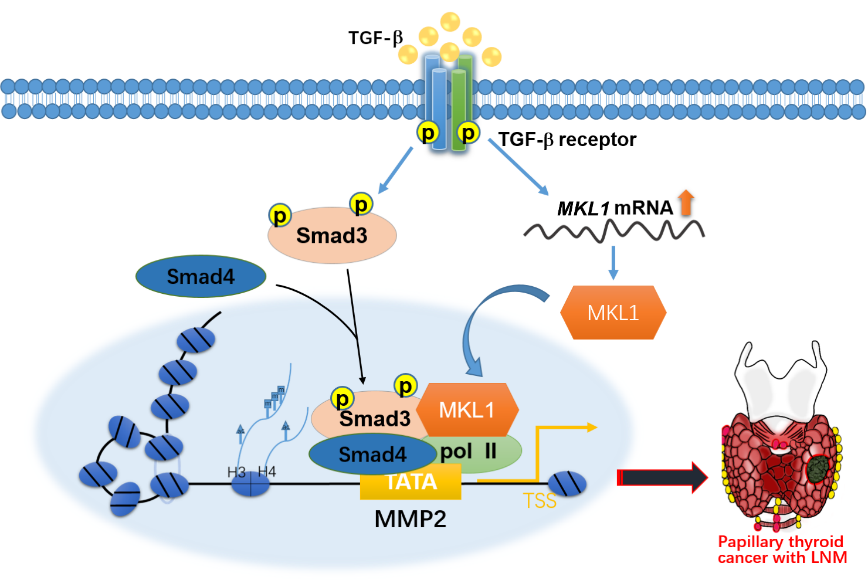
18)Gao Y, Yang F, Yang X, Zhang L, Yu H, Cheng X, Xu S, Pan J, Wang K, Li P. Mitochondrial metabolism is inhibited by the HIF1α-MYC-PGC-1β axis in BRAF V600E thyroid cancer. The FEBS Journal.
2019;286: 1420-36.
全文链接:/upload/autofile/20240307/202403077188.jpg
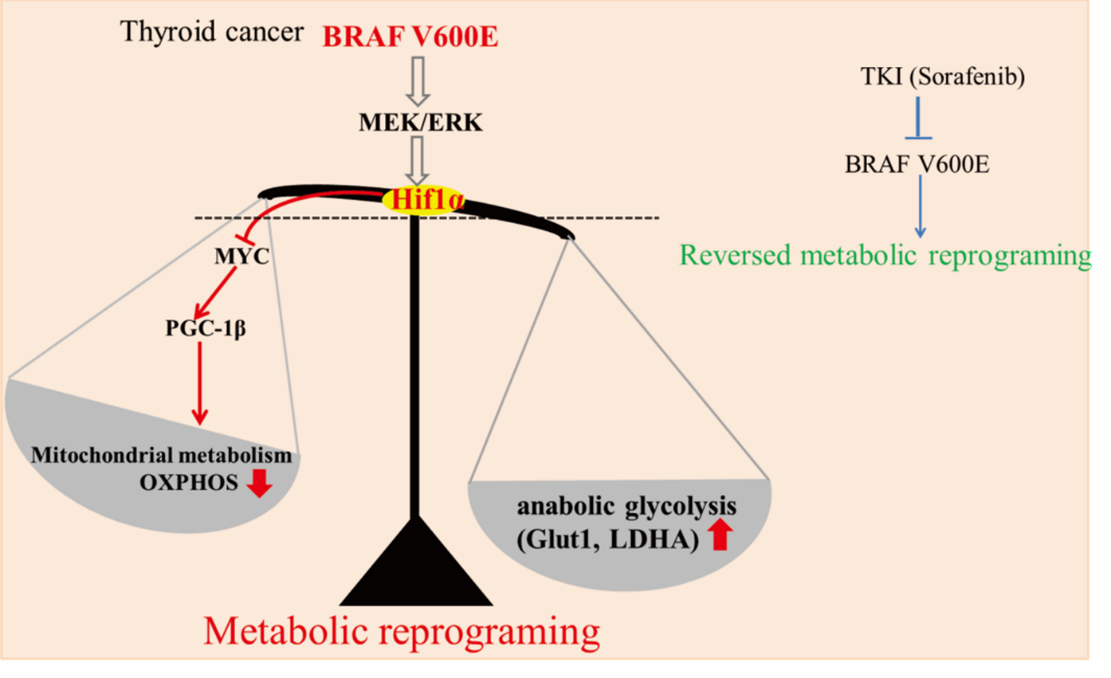
19)Cheng X.#, Yao X.#, Xu S., Pan J., Yu H., Bao J., Guan H., Lu R., Zhang L.*. Punicalagin induces senescent growth arrest in human papillary thyroid carcinoma BCPAP cells via NF-kappaB
signaling pathway. Biomedicine & pharmacotherapy. 2018; 103, 490-498.
全文链接:/upload/autofile/20240307/202403075913.jpg
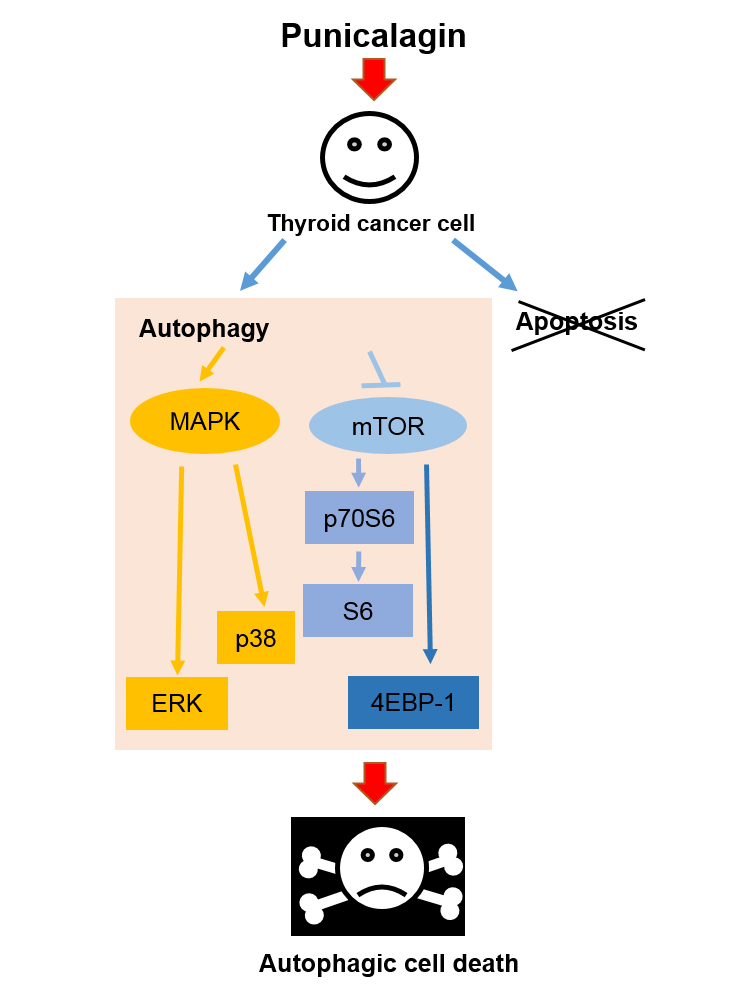
20)Zhang L., Cheng X., Xu S., Bao J., and Yu H. Curcumin induces endoplasmic reticulum stress-associated apoptosis in human papillary thyroid carcinoma BCPAP cells via disruption of
intracellular calcium homeostasis. Medicine (Baltimore). 2018; 97, e11095.
全文链接:/upload/autofile/20240307/202403076040.jpg

21)Xu S., Zhang L., Cheng X., Yu H., Bao J., and Lu R. Capsaicin inhibits the metastasis of human papillary thyroid carcinoma BCPAP cells through the modulation of the TRPV1 channel. Food &
Function. 2018; 9, 344-354.
全文链接:/upload/autofile/20240307/202403072106.jpg
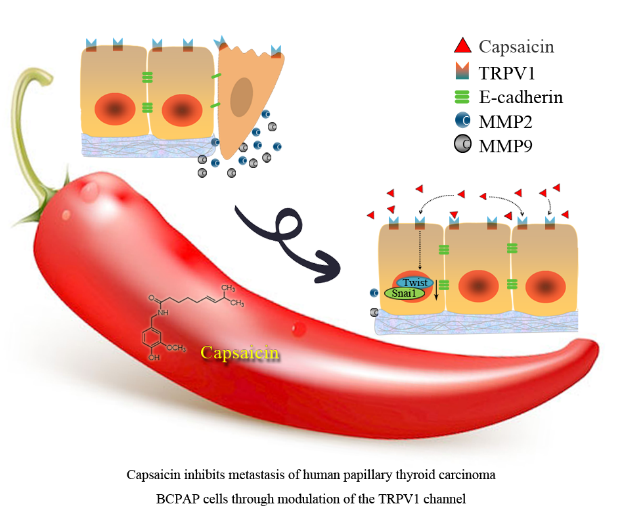
22)Pan, J., Zhang, L., Xu, S., Cheng, X., Yu, H., Bao, J., and Lu, R. Induction of Apoptosis in Human Papillary-Thyroid-Carcinoma BCPAP Cells by Diallyl Trisulfide through Activation of the
MAPK Signaling Pathway. Journal of Agricultural and Food Chemistry. 2018; 66, 5871-5878.
全文链接:/upload/autofile/20240307/202403072734.jpg
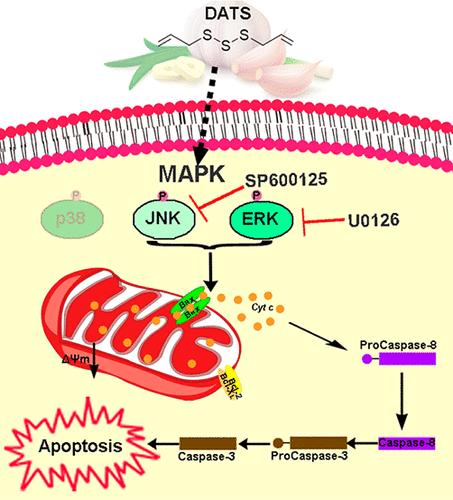
发明专利
一种癌症联合诊断标记物及其用途,ZL201710623889.2
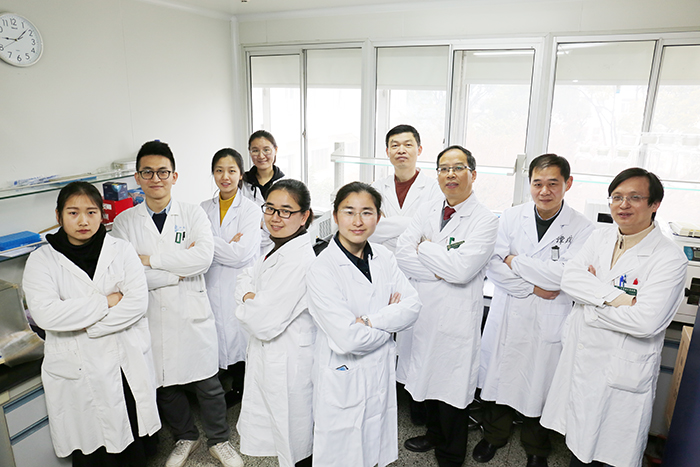
团队合影
